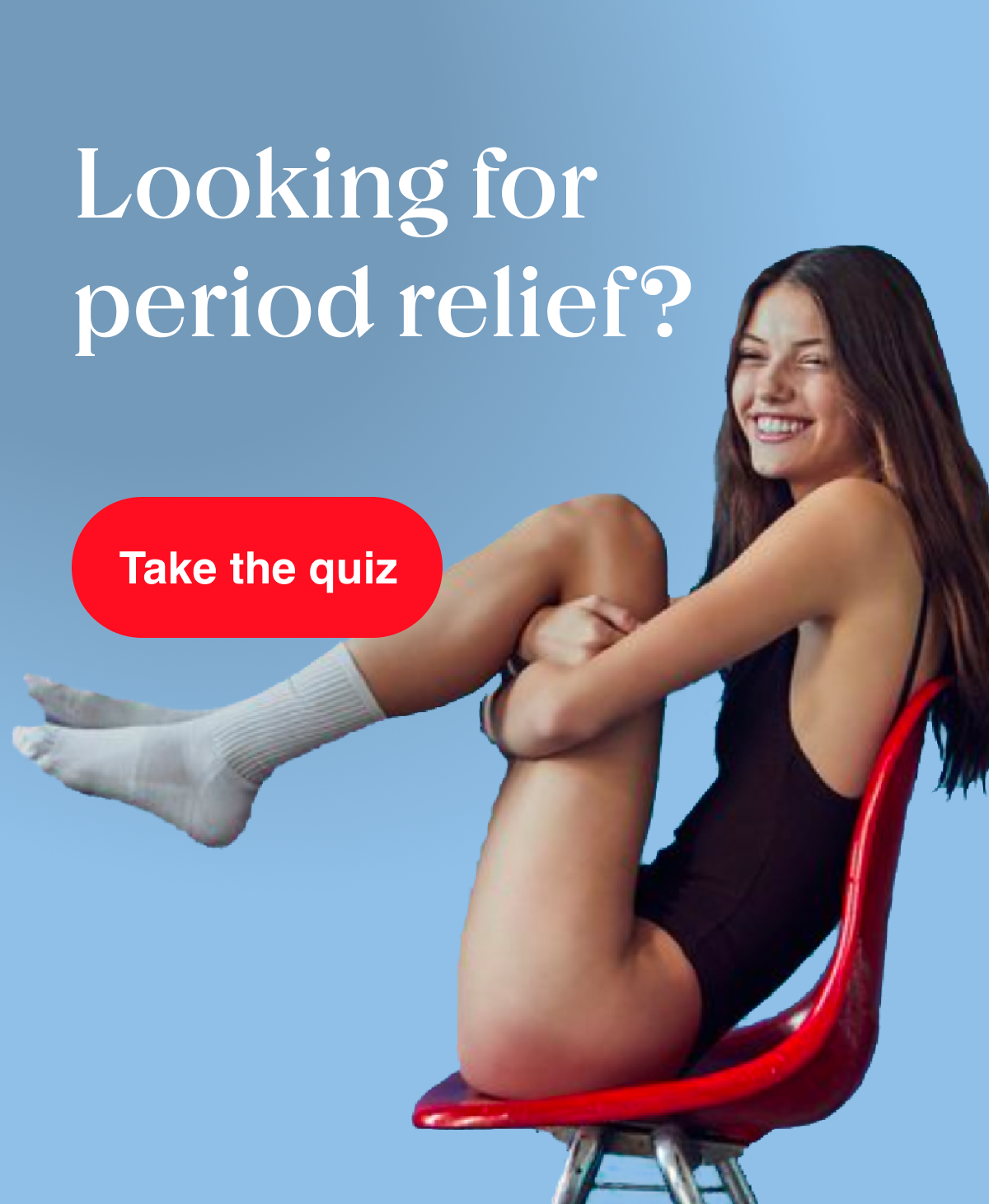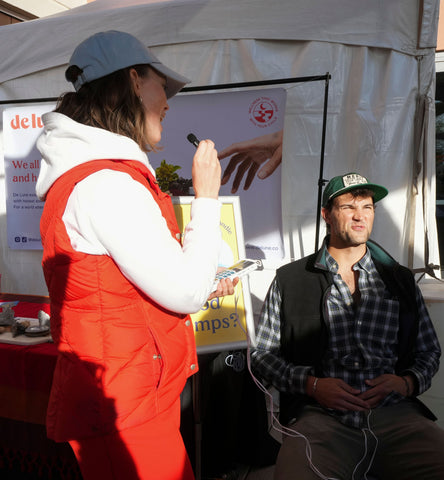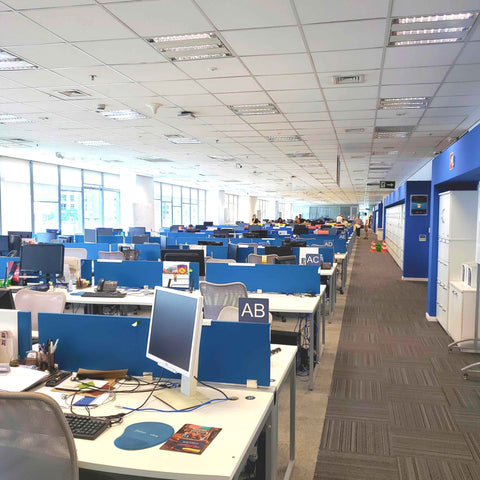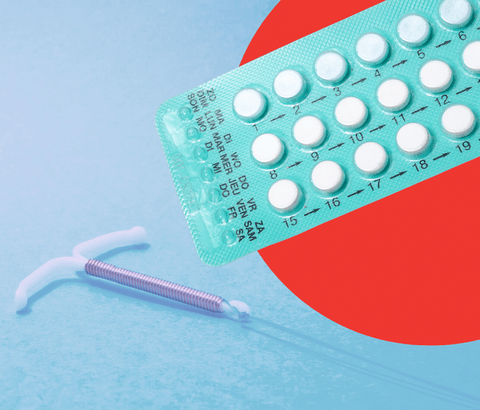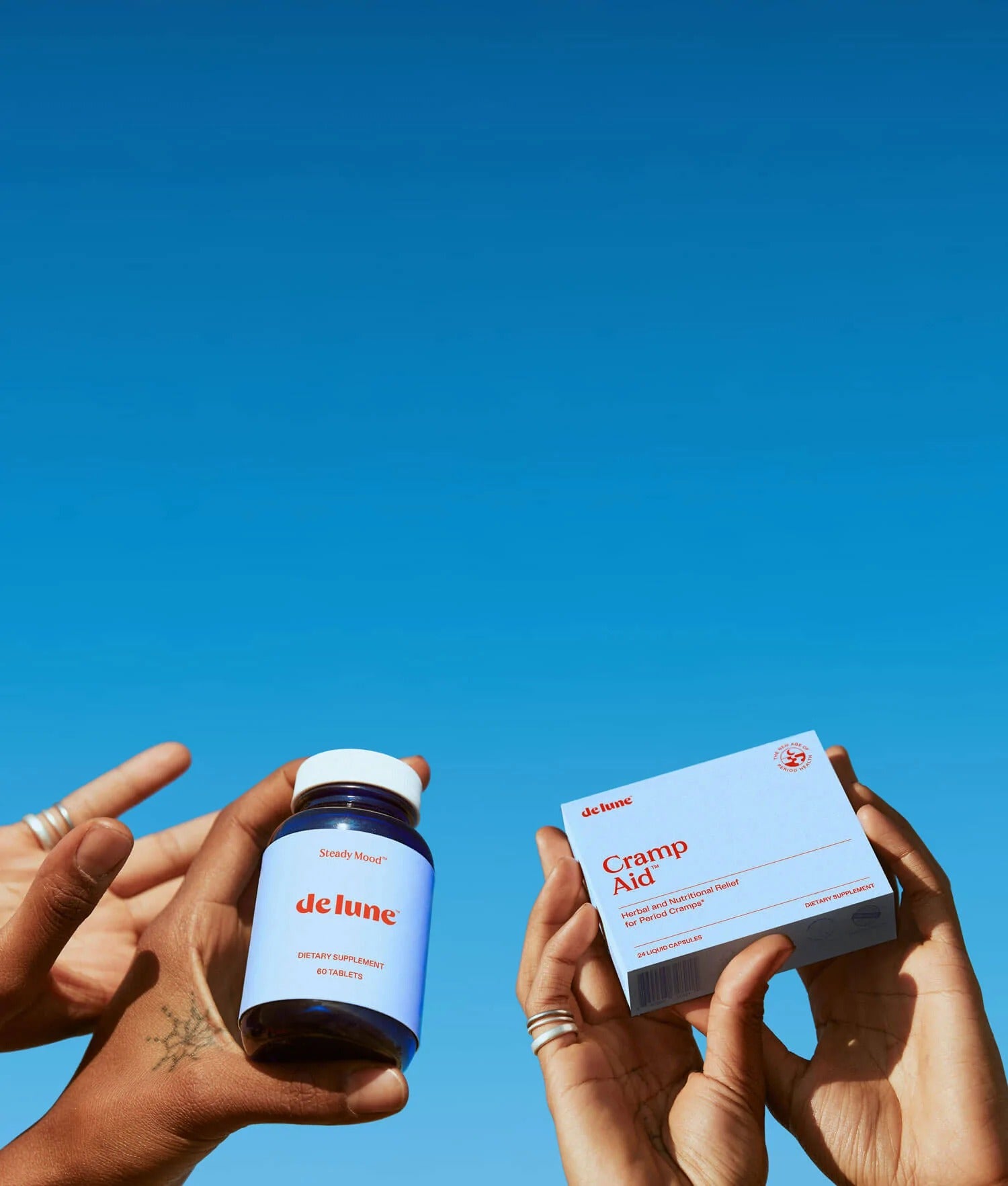De Lune founder & CEO Mimi Millard suffered from really bad cramps on her period that regularly derailed her life. Can you relate?
This is the story of how her painful menstrual cramping pushed her to a breaking point, and what happened once she got there.
“To say I struggled with really bad cramps would be an understatement…
I got my first period at age 12. It happened in the middle of the school day—not the ideal setting, though I wish I could say that was the most uncomfortable part. My cramps were really bad from the get-go.
Still shaken up by the newness of bleeding from the vagina, I trudged to the nurse’s office to get help for the shooting pain in my uterus.
She handed me some Midol and a glass of water. I didn’t realize that moment marked the beginning of a decade-long routine of popping roughly a handful of painkillers every month, just to survive my period pain.
“My really bad cramps intensified in tandem with my stress levels…
The pain escalated throughout high school, and peaked by the time I got to college. I was studying engineering, and on top of lengthy homework assignments that regularly derailed my sleep cycle, the program also required weekly labs—four hour blocks of time where you had to complete an experiment, start to finish. You couldn’t just leave part way through.
Knowing my cramps tended to strike at the most inconvenient moments as a general rule, I should have been prepared with some painkillers on hand. But I wasn’t. My cramps hit in full force, and didn’t care that I needed to be focused, standing, and working quickly. I felt lost at sea without a lifeboat.
The TA, bless his heart, had no clue why I was crying in the middle of the lab. But I didn’t know what else to do besides double over in pain and feebly finish what I was working on.
That was my first breaking point.

“My period cramps were bad enough to seek medical attention…
So off to the doctor’s office I went, hoping they’d let me in on some other, better, healthier solution I missed. Cramps this brutal couldn’t be normal… right?
But the doctors I saw didn’t have the answers I was looking for. They only gave me two options: take more of the same painkillers I was already taking, or start hormonal birth control.
I was reluctant to go on the pill after hearing my friends’ horror stories, but tried it anyway out of desperation. My body reacted awfully, and the side effects left me with more problems than I started with.
I didn’t want to be so reliant on over-the-counter painkillers every cycle, but I felt backed into a corner. Like clockwork, I continued to down their maximum recommended dose, every single day I was cramping, every single month.
Until one day the following year, I reached a second breaking point.
It started with my typical Day 1 cramp routine: keep the Midol bottle close, and just try to get by. But for whatever reason, my body didn’t feel like it normally did while I was cramping—it felt much worse. I was shaky, lightheaded, and nauseous. This had never happened before…
Feeling like I was about to pass out in the middle of campus, I sat down on the quad to keep from fainting, ditched the class I was headed to, and went straight to the campus clinic.
“I told the nurse I was on my period and had really bad cramps…
She asked what I took that day, and I replied with the usual: “a bunch of Midol”.
Her response blew my mind. “Oh, you’re probably having a bad reaction to that.” For real? I didn’t even know that had been a possibility—that I had been putting myself at risk this whole time, with a drug that was recommended to me by a doctor as my only good option.
I had been menstruating for almost 10 years at that point. How much damage had I already done that I couldn’t see or feel? I was angry, frustrated, and on top of it all, still writhing in pain.
Don’t get me wrong: I’m glad painkillers exist. They’re an important pain management medication, and can be effective for some people. I think the real problem is the misinformation people—especially young women and girls—get about how to deal with their period cramps.

“People who get really bad cramps with periods don’t get the support they need…
When a teenager is simply handed a bottle of pills, with little explanation about how often they should be used or what their safety risks and limitations are, those drugs can do more harm than good.
When those young people are left in the dark month and month, year after year, for decades of their reproductive lives, the drugs they thought offered safe and effective cramp relief could actually be taking a scary toll on their bodies.
Healthier options for menstrual pain are rarely discussed, especially with new menstruators. I can’t help but wonder how much pain I could have avoided if someone had bothered to tell me about all the relief options I actually had—nutritional supplements, herbs, heat, T.E.N.S devices, avoiding caffeine, getting enough sleep, etc.—instead of just pharmaceuticals with side effects.
But since no one did, I was left to my own devices. And these breaking points brought out the detective in me…
“I went searching for real, healthy relief for my really bad cramps…
Desperate to find a cramp relief option I could feel good about taking every month, my search culminated by phoning-a-friend. Now in my early twenties, I called Courtney Mayszak, a college buddy I knew to be a fine-print-reading skeptic who always followed the science. She’d since become a Registered Dietitian Nutritionist, and I was hoping her eye for natural medicine would offer something different than the dead ends I already tried.
When I told her about my problem, her first instinct was to hit the literature, and review all the clinical studies that had been done on dysmenorrhea—the medical term for period cramps. What we found surprised both of us…
“There are more period cramp relief options than you think…
We discovered that a number of natural ingredients had already been studied for dysmenorrhea, and were shown to offer safe and effective cramp relief.
And they didn’t appear to be messing around. According to the data, ingredients like ginger, vitamin B1, and fenugreek packed an especially impressive punch, demonstrating the ability to ease even more severe period pains. Some studies showed they were just as effective as over-the-counter painkillers, but with fewer side effects.
We were both relieved (finally—there was hope!) and confused. Why wasn’t it common knowledge that these ingredients were so powerful? And why weren’t they reflected in the products available for cramp relief on store shelves?
Flash forward about six months and a lot of tinkering later, De Lune was born.
With Courtney on board as our formulation mastermind and menstrual health expert, we were able to bring together all of the best-evidenced ingredients for period pain—in the most potent combinations possible—into a single product that’s safe, easy to take, and works quickly: Cramp Aid.
They say necessity is the mother of invention, and it feels spot on. We’re over the moon to report that according to a survey of over 200 De Lune users, 93% got the relief they needed from Cramp Aid. For 78% of users, their cramps faded within an hour of taking their first dose.

While stories like mine are not uncommon, this is an exciting time for menstrual health. People with periods are demanding more, better, safer options. Until this New Age of Period Health becomes our new normal, know that your bad cramps are not a given. You neither have to “just deal with them”, nor settle for subpar “solutions”. I wish I had known a lot sooner.
We think the cycle of menstrual misinformation will only end if we continue having these important conversations loudly and proudly. Email us at info@delune.co or DM us on Instagram @delunecare, we’d love to hear your questions, comments, or personal stories. We’re here to help ease your pain in whatever way we can.

This information is for educational purposes only. It is not a substitute for professional medical advice, and is not intended to diagnose, treat, cure, or prevent any condition.


